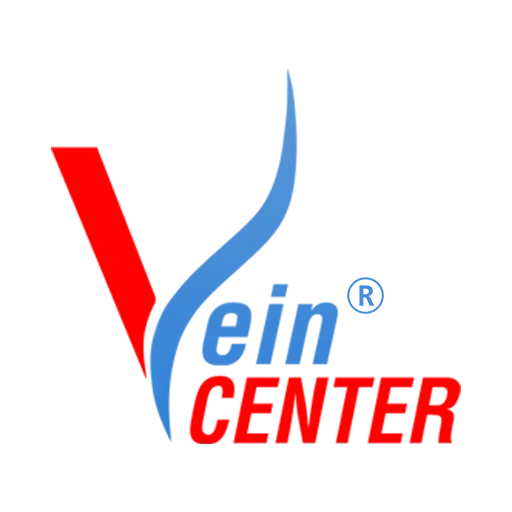Looking for The Best
Varicose Veins Treatment in Mumbai?
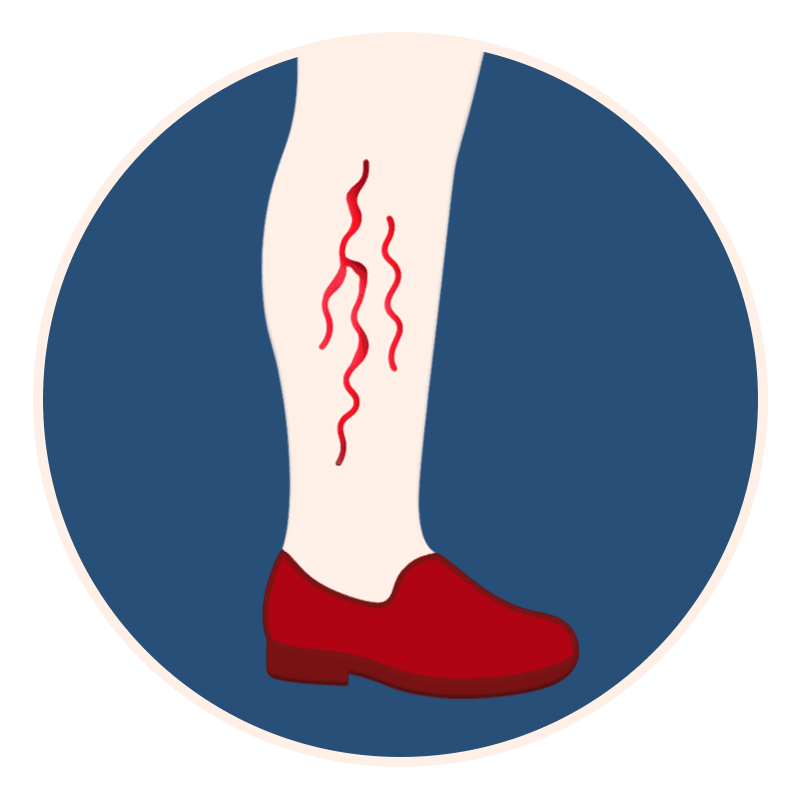
Zindagi Me Khushi
“Zindagi Me Khushi” is our heartfelt initiative to celebrate the happiness we’ve had the privilege to bring into people’s lives.
Yes, we are surgeons. Yes, we perform procedures. But what truly matters is the difference we make in people’s lives.
Dr. Saurabh Joshi with Patients
Trusted by Thousands of Patients
Let’s hear from our patients. Watch patient reviews after varicose veins and venous ulcer treatment at The Vein Center. Watch more patient reviews and informative videos in our YouTube Channel. Subscribe to our channel @VeinMumbai.
Watch Review in Your Language
Latest Reviews
Treated More Than 15K Patients From 40+ Countries
Are You Living outside India?
Treat Veins and Explore India. Your Ultimate Destination for Vein Tourism. Choose The Vein Center for Varicose Veins and Venous Ulcers Treatments. Download the pdf brochure from below to know more or visit our website for international patients.
What is Varicose Vein Disease?
Varicose veins are swollen and enlarged veins that usually occur on the legs and feet. They may be blue or dark purple, and are often lumpy, bulging or twisted in appearance.
Any vein that is close to the skin’s surface (superficial) can become varicose veins. Varicose veins most commonly affect the veins in the legs. That’s because standing and walking increase the pressure in the veins of the lower body.
Causes of Varicose Veins
Varicose veins are caused by a number of factors, including:
Genetics: Some people have a genetic predisposition to developing varicose veins, which means that the condition tends to run in families.
Age: As people grow older, the valves in their veins can become weaker, leading to the development of varicose veins.
Hormonal changes: Hormonal changes, such as those that occur during pregnancy, puberty, and menopause, can also increase the risk of developing varicose veins.
Obesity: Excess weight can put extra pressure on the veins, causing them to enlarge and become varicose.
Prolonged standing or sitting: People who stand or sit for long periods of time, such as those in certain jobs, can be at increased risk of developing varicose veins.
Trauma: An injury to the leg can damage the veins and increase the risk of developing varicose veins.
Blood clots: Blood clots can also cause veins to enlarge and become varicose.
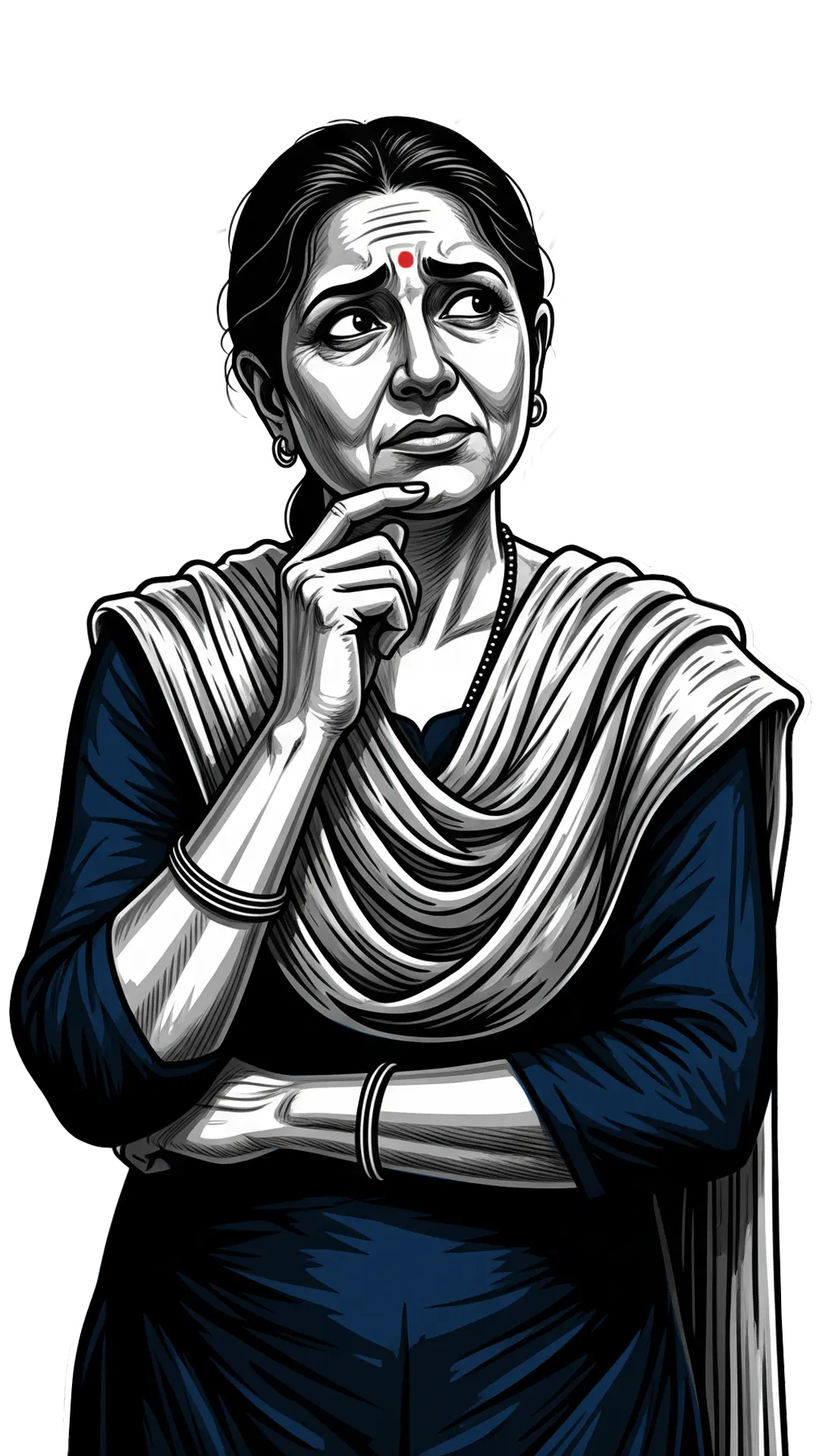
Stages of Varicose Veins
It is important to seek treatment for varicose veins, even in the early stages, because they can progress and cause complications such as blood clots, deep vein thrombosis, or skin ulcers. Treatment options include lifestyle changes such as exercise, weight management, and compression stockings, as well as medical procedures such as VenaSeal, or sclerotherapy. Our doctors can help you determine the best course of action based on the severity of your varicose veins and your overall health.
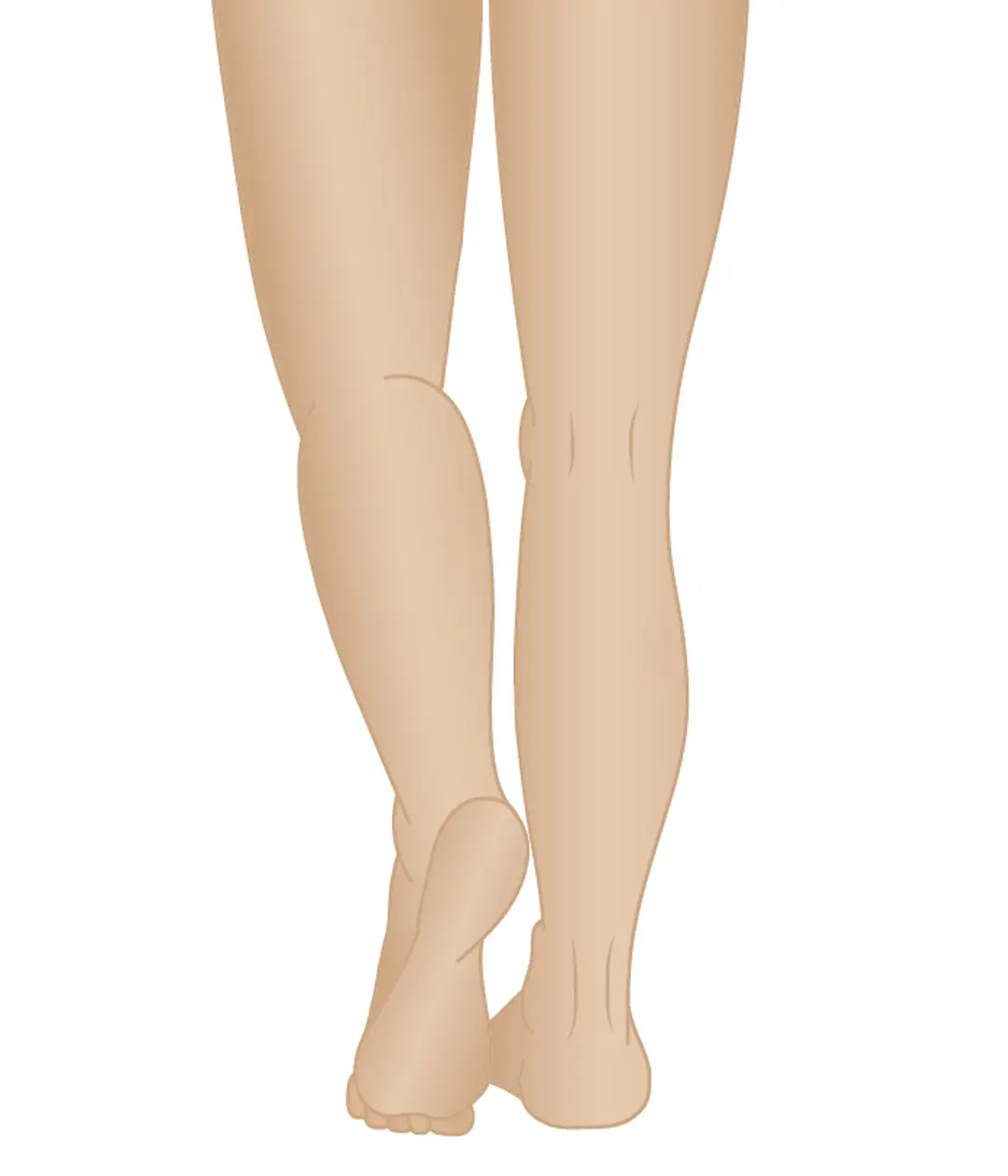
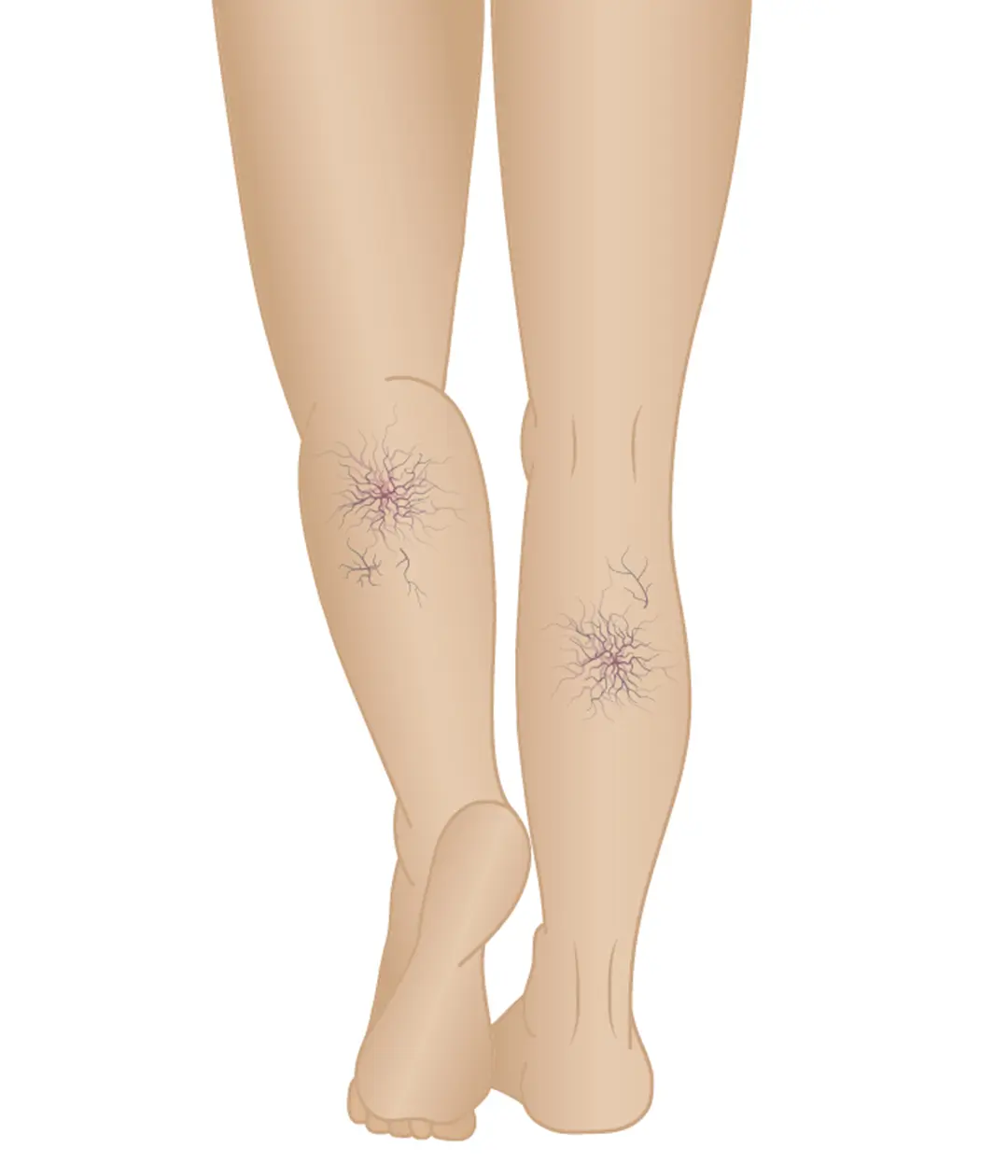
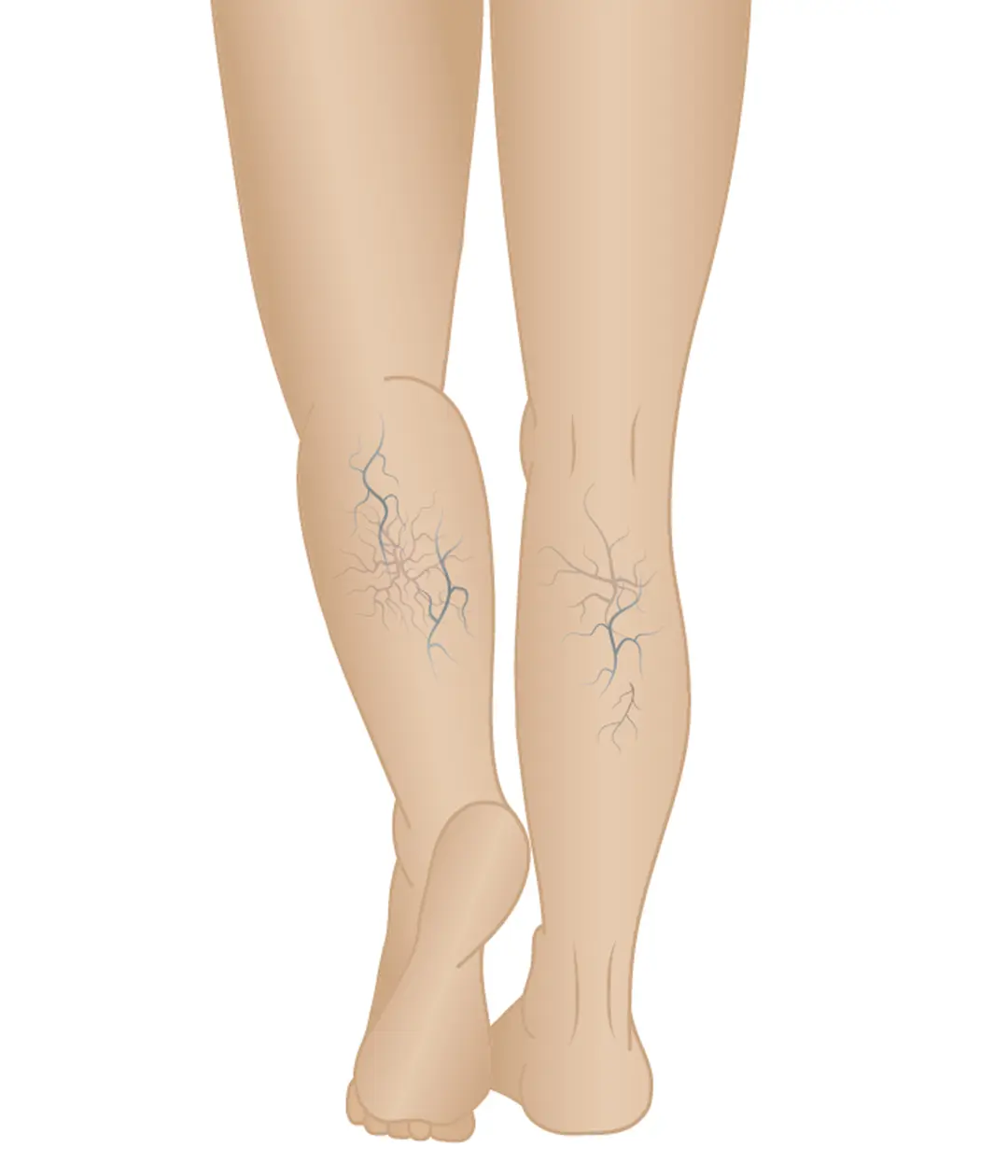
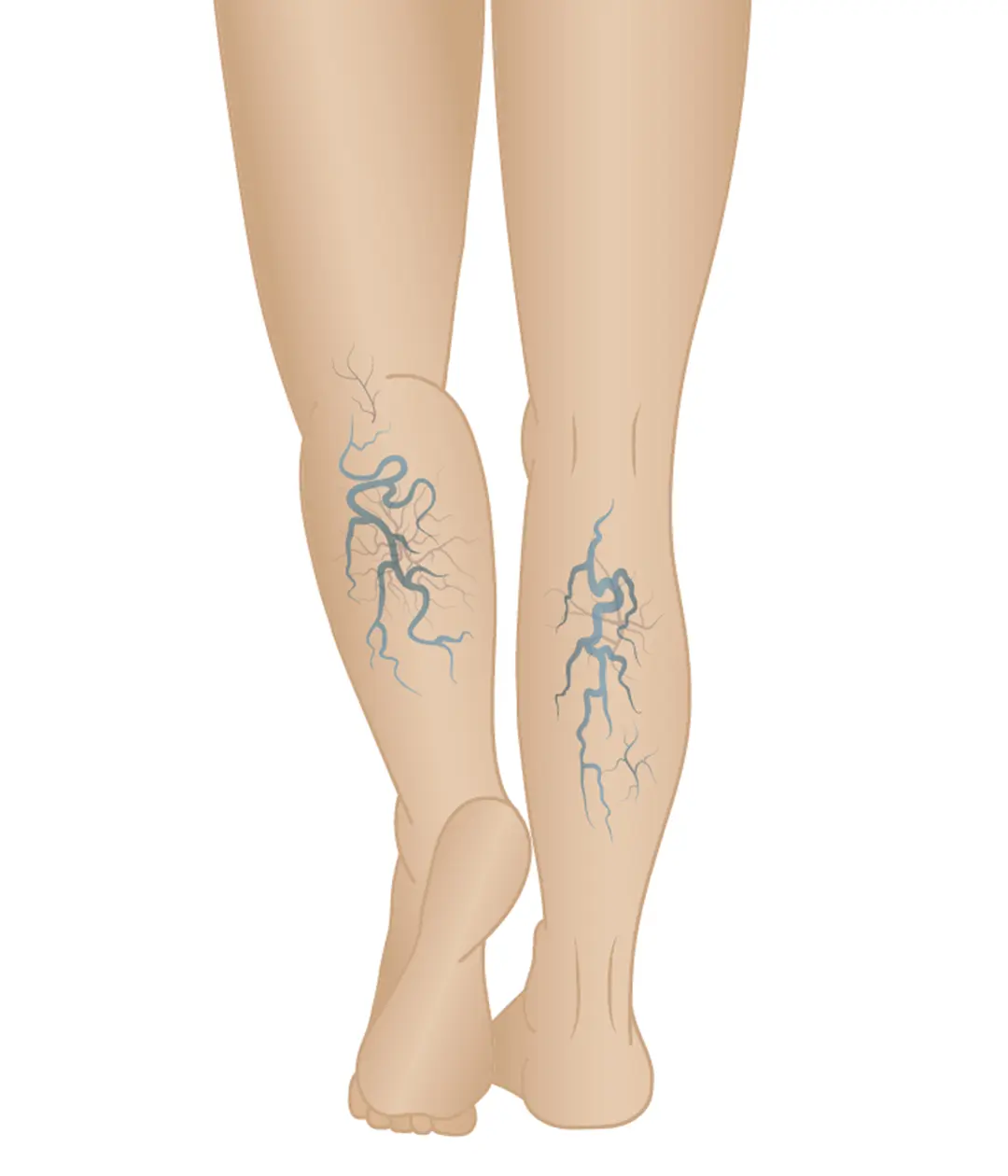
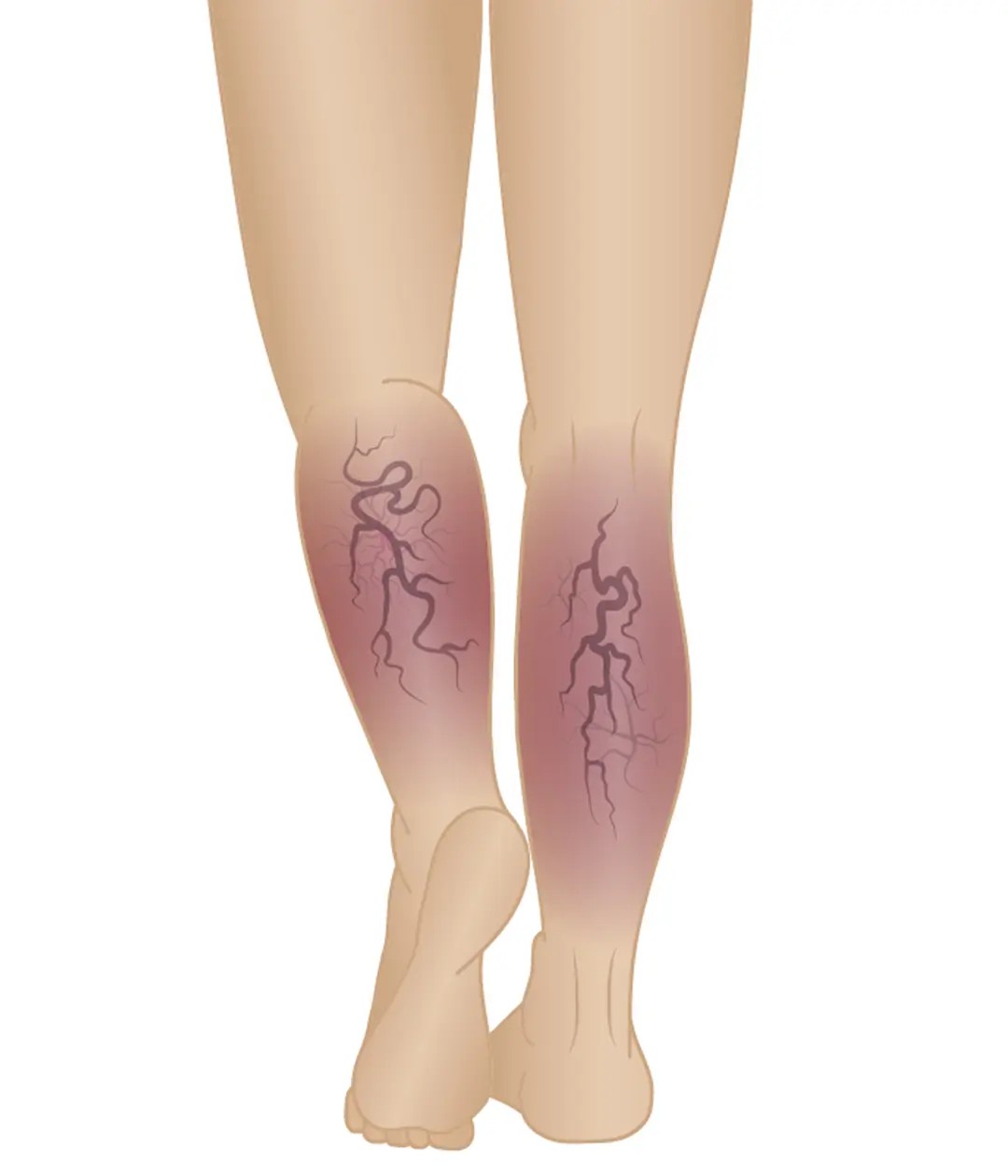
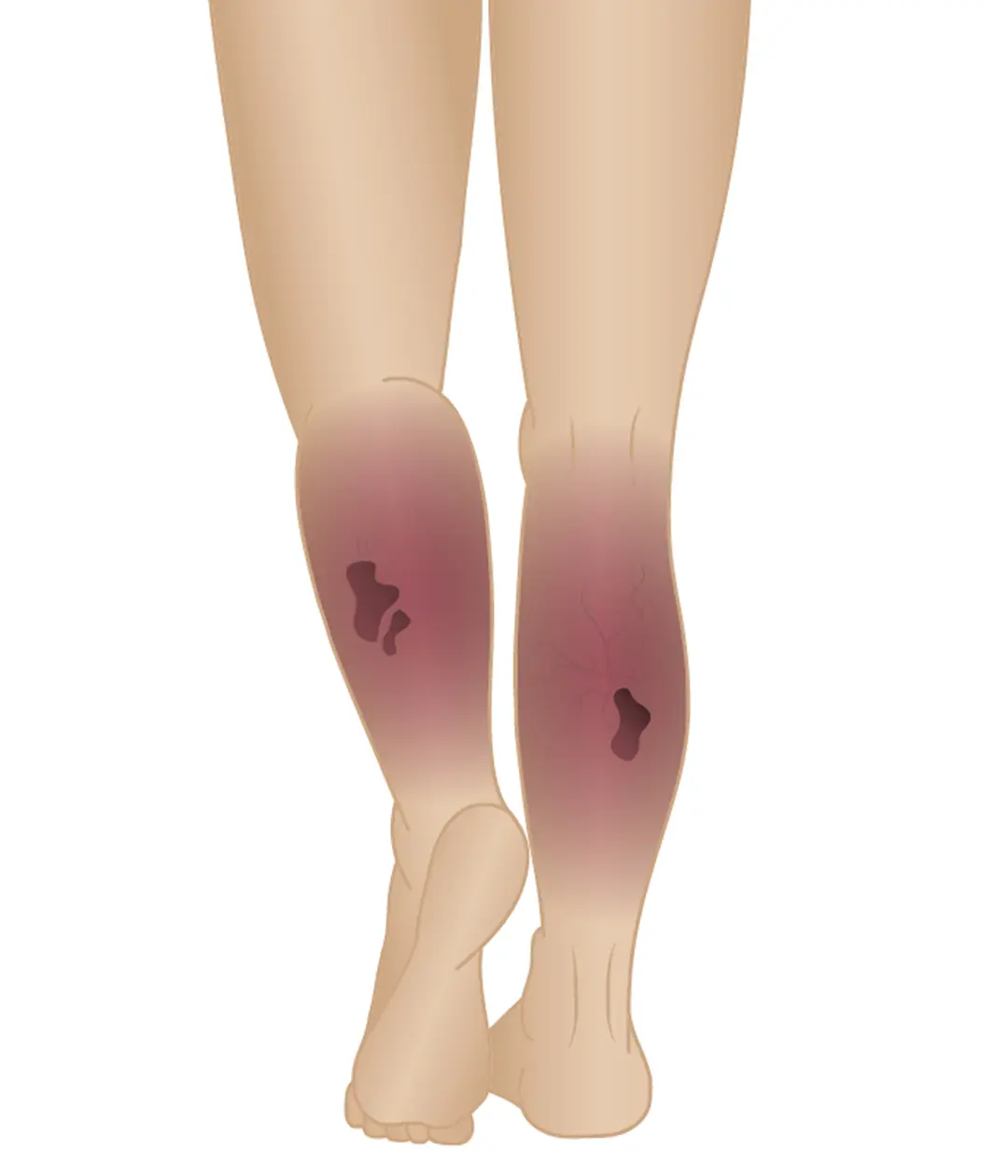
Stage 1
Spider Veins (Telangiectasias)
Spider veins, or telangiectasias, are small, thin veins that appear near the surface of the skin. They are usually red, blue, or purple and resemble a spider web or tree branches. Spider veins are often a cosmetic concern and may cause mild discomfort, but they generally do not lead to significant health issues.
Stage 2
Reticular Veins
Reticular veins are slightly larger than spider veins and are usually blue or green. They are located deeper under the skin than spider veins but are still visible. Reticular veins can be more uncomfortable and may be associated with a dull aching or burning sensation, especially after standing for long periods.
Stage 3
Trunk Varicose Veins
Varicose veins are larger, swollen veins that have lost their valve function, causing blood to pool and veins to become enlarged and twisted. They often appear as bulging, blue or purple veins on the legs. Symptoms include aching pain, heaviness, throbbing, and itching. The discomfort is usually worse after prolonged standing or sitting. Varicose veins are a more serious stage of venous insufficiency and can lead to complications if untreated.
Stage 4
Chronic Venous Insufficiency
As varicose veins worsen, they can cause chronic venous insufficiency, edema or swelling, of the lower leg. The ineffective blood flow leads to fluid leaking into the surrounding tissues, causing the legs to swell, especially around the ankles. Edema may be more pronounced at the end of the day or after long periods of standing. This stage indicates more advanced venous insufficiency.
Stage 5
Venous Ulcer
Venous ulcers are the most severe stage of chronic venous insufficiency. They are open sores that usually develop around the ankle, where the skin has become thinnest due to prolonged venous insufficiency. Venous ulcers are often painful and can be slow to heal due to poor blood circulation. They pose a significant risk of infection and require medical attention to prevent further complications.
Symptoms of Varicose Veins
The following are some of the common symptoms of varicose veins:
Visible, bulging veins: The most noticeable symptom of varicose veins is the appearance of bulging, twisted veins on the legs or feet.
Pain: The affected area may be painful or tender to the touch, especially after standing or sitting for long periods of time.
Swelling: Varicose veins can cause swelling in the affected area, particularly at the end of the day or after prolonged periods of standing.
Fatigue or heaviness: Some people with varicose veins may experience a feeling of tiredness or heaviness in the legs.
Itching or burning: The skin around the affected veins may itch or burn, particularly in warmer weather.
Skin changes: In some cases, the skin around the varicose veins may become discolored, thin, or dry, and may even develop sores or ulcers.
Muscle cramps: Some people with varicose veins may experience muscle cramps, particularly at night.
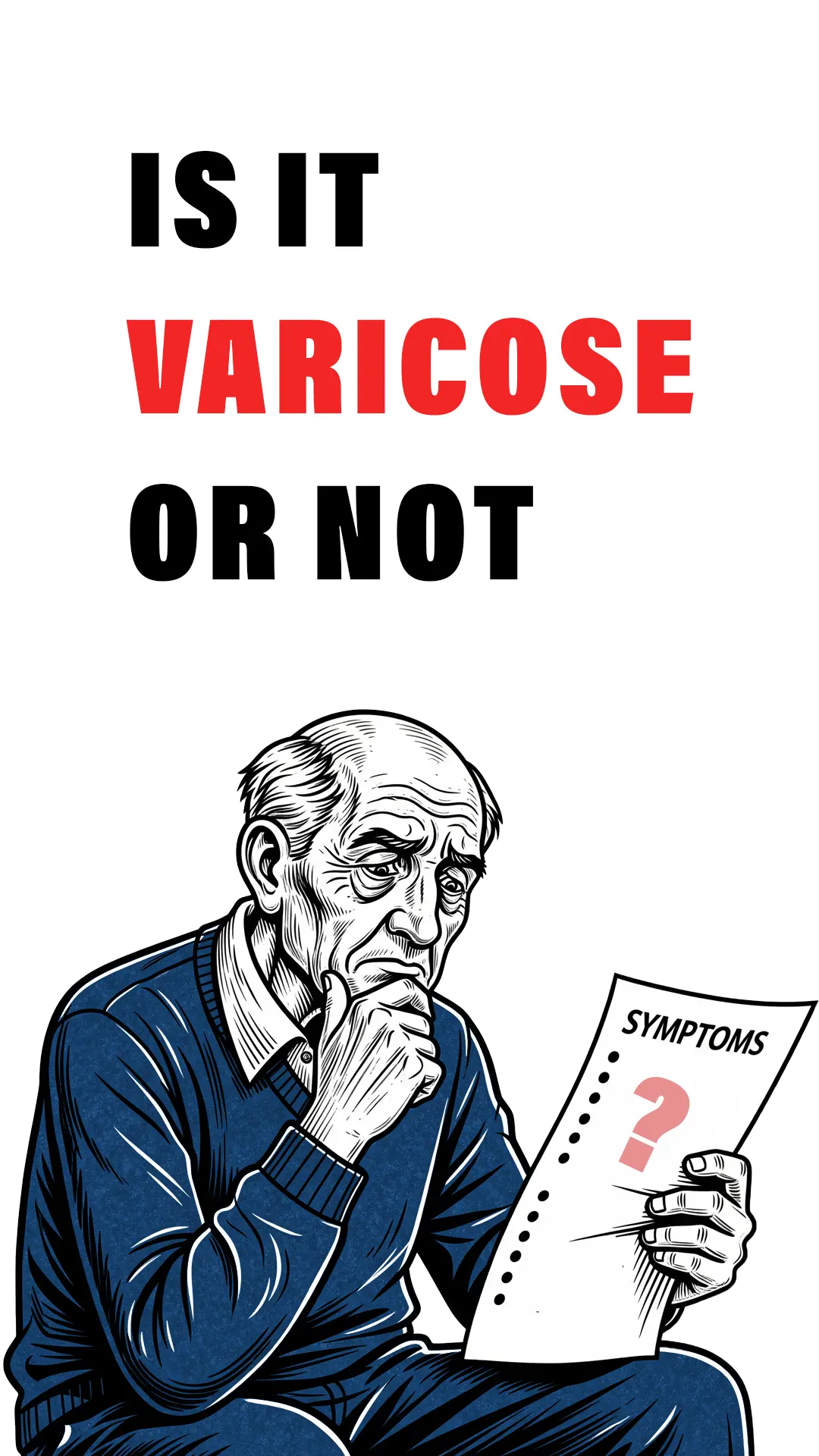
How to Get Rid of Varicose Veins?
Varicose veins are not just a cosmetic concern — they are a medical condition caused by malfunctioning valves in your veins, leading to blood pooling and visible, often painful, swollen veins. While there’s a flood of “quick fixes” advertised online — from herbal creams to so-called miracle oils — the truth is: “There is no permanent cure for varicose veins in over-the-counter products or home remedies.”
Beware of Common Myths & Ineffective Solutions
Many people waste time and money on treatments that lack scientific evidence and aren’t FDA-approved, such as:
Leech therapy: Though used in ancient medicine, it has no role in modern vein care and carries a high risk of infection.
Oils and creams: Topical applications may offer temporary skin soothing but cannot treat the damaged vein itself.
Herbal patches or turmeric pastes: These do not improve circulation or repair vein valves.
Unregulated medicines sold online: Many of these products are not tested for safety or efficacy.
Such approaches may delay effective treatment, allowing the condition to worsen — potentially leading to ulcers, blood clots, or chronic pain.
The Right Approach: Consult, Don’t Gamble
The best course of action is a duplex ultrasound scan followed by expert medical evaluation. A vein specialist can:
- Identify the root cause of your varicose veins
- Explain treatment options based on your condition
- Help prevent future complications.
Don’t fall for misleading ads or unproven methods. Leech therapy, ayurvedic creams, and herbal oils may promise quick results, but only medically approved treatments can safely and effectively remove varicose veins.
Treatment for Varicose Veins
The Vein Center has a long history of successfully treating varicose veins, and its medical professionals are highly skilled in identifying the most appropriate treatment option for each patient’s individual needs. We have an extensive experience in treating varicose veins using a range of techniques, including endo venous laser ablation and vein stripping. We are always looking to most advanced and effective treatment options for our beloved patients. Check our evolution in terms of varicose veins treatment below and find out why we are Introducing and promoting VenaSeal treatment.
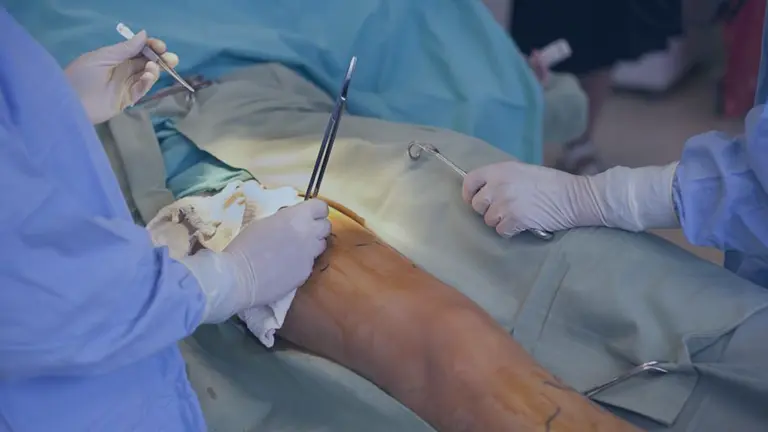
Vein Stripping
From 2008 to 2012, we were following the traditional vein stripping method to treat the varicose veins. Disadvantage of vein stripping is that it is an invasive procedure that requires general anaesthesia, which can increase the risk of complications. The procedure can cause scarring, pain, and a longer recovery period compared to other minimally invasive treatments. That's why we stopped doing vein stripping and adapted in to Endo Venous Laser Ablation
- Multiple Pricks
- Stockings Needed
- Recovery in Months
- Sedation Needed
- Open Surgery
- More Recurrence Chances

Laser Treatment
From 2012 to 2018, we have opted the Endo Venous Laser Ablation procedure to treat Varicose Veins. We have successfully treated thousands varicose veins patients with Laser procedures. Due to the nature Laser Ablation which is thermal, there were many cases of recurrent Varicose Veins. Later we have treated all of them successfully with VenaSeal procedure. Currently we recommend all of our patients to choose VenaSeal over LASER.
- Multiple Pricks
- Stockings Needed
- Recovery in Days
- Sedation Needed
- Minimally Invasive but Thermal
- More Recurrence Chances

VenaSeal Treatment
From 2018 to present we are treating the varicose veins patients with VenaSeal Closure System procedures. Compared to Laser Ablation we can openly say that “VenaSeal is the Most Modern and Effective treatment for Varicose Veins and Venous Ulcers in the current time”. We have received many appreciation and recognition at International level for the innovative and self made treatment protocols we developed with VenaSeal Closure System.
- Single Prick
- No Stockings Needed
- Recovery in Same Day
- No Sedation
- Minimally Invasive, Non-Thermal
- Less Recurrence Chances
Best Doctors and Surgeons for Varicose Veins
We are Experts in Vascular Diseases
From humble beginnings to being one of Asia’s leading Venaseal treatment provider for Varicose Veins and Venous Ulcer, we’ve definitely come a long way and received international recognition by winning the most prestigious awards in 2018-19.
Winner of Prestigious Awards
College of Phlebology London Award
London, United Kingdom (2018)
Venartis Phlebology Innovation Award
Zurich, Switzerland (2018)
Medtronics Appreciation Award
Minnesota, USA (2024)
Dr. Saurabh Joshi
Vascular Surgeon & Interventional Radiologist (MBBS, MD, FNVIR, MBA)
Dr. Saurabh Joshi has extensive experience in the diagnosis and management of complex vascular diseases using the latest procedures and technologies. He has performed numerous minimally invasive procedures, including endo venous laser treatment, radiofrequency ablation, and sclerotherapy over 15+ years of his career. Currently he is focused on VenaSeal procedures for Varicose veins and Venous Ulcers.
In addition to his work at The Vein Center, Dr. Saurabh Joshi is also associated with multiple hospitals in Mumbai, including Kokilaben Dhirubhai Ambani Hospital Navi Mumbai, ACI Cumballa Hill Hospital, and Dr Bhanushali Hospital Thane. He won 3 prestigious International awards including Venartis Phlebology award in 2018 for his excellence in Varicose Veins treatment. Dr. Saurabh Joshi is actively involved in research and teaching in his field and has published several articles in peer-reviewed journals.
Before After Results
Comparison Between VenaSeal and RFA/LASER
When it comes to treating varicose veins, especially in elderly patients or those with high-risk factors, choosing the right procedure is critical. The three main treatment options available today are VenaSeal, Endovenous Laser Therapy (EVLT), and Radiofrequency Ablation (RFA). Each of these methods has its own advantages, but VenaSeal stands out as the superior choice, particularly for elderly high-risk patients dealing with varicose veins and venous ulcers.
Consult our Best Vascular Surgeons and Interventional Radiologist. 6 clinic locations in Mumbai, Thane and Navi Mumbai.
Treatment Options
Why VenaSeal is the Superior Choice for Treating Varicose Veins and Venous Ulcers in Elderly High-Risk Patients?
RFA/LASER
- High Chance of Recurrence about 70%
- Thermal Method
- Anaesthesia Needed
- Not good for Elderly and High Risk Patients
- Outdated Treatment
- Minimally Invasive But Painful Procedure
- More Blood loss in some case
- Takes Time to Full Recovery
- Visible Burns and Scars
- Stockings Needed for Longer Time
VenaSeal
- Less or No Recurrence chance (2% in severe cases)
- Non Thermal Method (Adhesive Method)
- No Anaesthesia
- Ideal for Elderly and High Risk Patients
- Most Advanced Treatment till Date
- Minimally Invasive and Painless Procedure
- Minimal Blood Loss
- Instant Recovery
- No Heat - No Burns or Scars
- No Stockings Needed (In some case, for shorter time)
Why Choose The Vein Center?
At The Vein Center, we are committed to providing the most effective, minimally invasive treatments for varicose veins and venous ulcers, ensuring that you achieve lasting relief and a better quality of life.
- Award Winning Doctors
- #1 in Asia for VenaSeal™
- Multiple Locations
- Online Consultations
- Dedicated Case Managers
- All Insurance Accepted
- EMI Options Available
- Cashless Available
- Reimbursement Available
- Free Doppler Scan
- Minimally Invasive Procedure
- Faster and Safe Recovery
- Research and Innovation
- Global Recognition
- High Patient Satisfaction
- Team for Internationals
- Medical Visa Assistance
- International Insurances
Consultation Charges
The fees are designed to provide patients with access to expert advice, comprehensive diagnosis, and a clear treatment plan tailored to their specific needs. For details regarding consultation charges, please contact The Vein Center directly or schedule an appointment through the website.
Our Consultation Charge is
₹2000
GET FREE
PICK UP & DROP
Don’t let transportation stop you!
we offer FREE Pick & Drop to our patients.
PAY
₹200
To book confirmed slot.
Pay the rest at the center after consultation.
GET FREE
DOPPLER SCAN
Don’t roam around for scanning.
we offer FREE in-house doppler scan of your leg.
Our Clinic Locations
Click on the link to view the map.
